Python IDE
This article recommends several good Python IDE (integrated development environments). PyCharm is more recommended. Of course, you can choose the Python IDE that suits you according to your own preferences.
PyCharm
PyCharm is a Python IDE created by JetBrains.
PyCharm has general Python IDE functions, such as: debugging, syntax highlighting, project management, code jumps, smart prompts, auto-completion, unit testing, version control, etc.
In addition, PyCharm also provides some good features for Django development and supports Google App Engine. What’s even cooler is that PyCharm supports IronPython.
PyCharm official download address: http://www.jetbrains.com/pycharm/download/
Rendering view:

Sublinme Text 2
Sublime Text has a beautiful user interface and powerful features such as code thumbnails, Python plug-ins, code snippets, etc. Key bindings, menus and toolbars can also be customized.
Sublime Text’s main features include: spell check, bookmarks, complete Python API, Goto function, instant project switching, multi-selection, multi-window and more.
Sublime Text is a cross-platform editor that also supports Windows, Linux, Mac OS X and other operating systems.
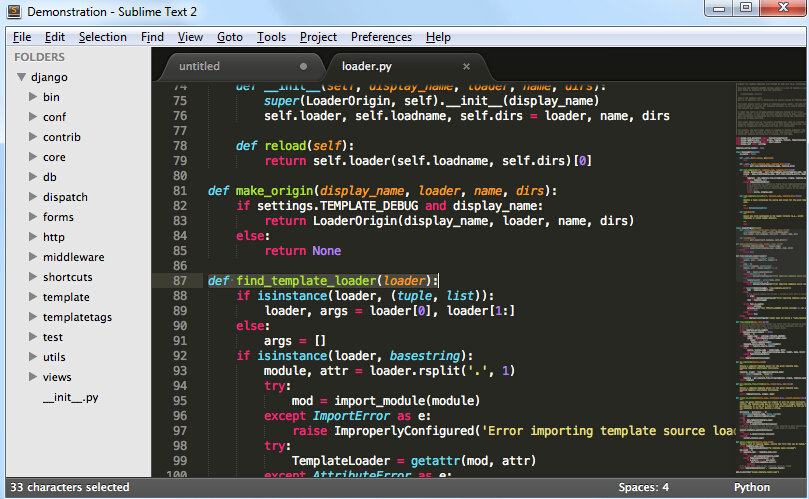
Using the plug-in extension function of Sublinme Text 2, you can easily create a good Python IDE. Here are several recommended plug-ins (you can find more):
CodeIntel: Auto-completion + member/method prompts (strongly recommended)
SublimeREPL: used to run and debug some programs that require interaction ( E.G. Program using Input())
Bracket Highlighter: Bracket matching and highlighting
SublimeLinter: Code pep8 format check
Eclipse+Pydev
1. Install Eclipse
Eclipse can be found and downloaded on its official website Eclipse.org. Usually we can choose the appropriate Your own version of Eclipse, such as Eclipse Classic. After the download is complete, unzip it to the directory you want to install.
Of course before executing Eclipse, you must confirm that the Java runtime environment is installed, that is, JRE or JDK must be installed. You can go to (http://www.java.com/en/download/manual.jsp) Find the JRE download and install it.
2. Install Pydev
After running Eclipse, select help-->Install new Software, as shown in the figure below.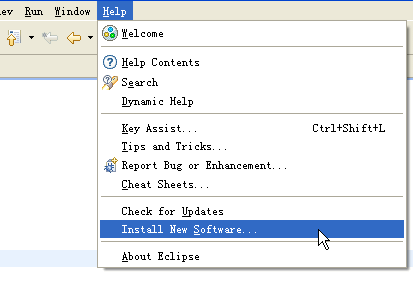
Click Add and add the installation address of pydev: http://pydev.org/updates/, as shown in the figure below.

After completion, click "ok", then click the "+" of PyDev to expand the PyDev node. It will take a short period of time for it to obtain PyDev related packages from the Internet. When completed, there will be more PyDev related packages. In the sub-nodes, check them and press next to install. As shown below.
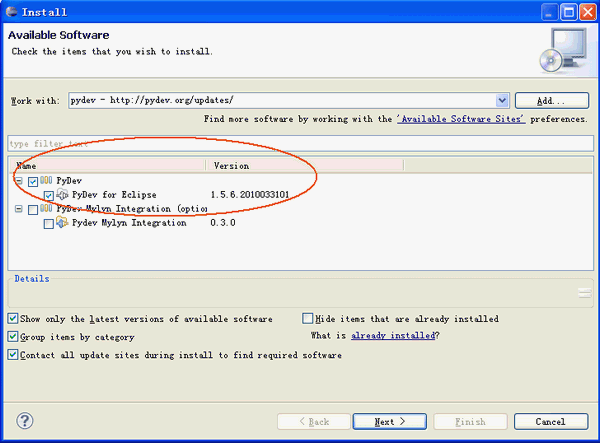
After the installation is complete, restart Eclipse
3. Set up Pydev
After the installation is complete, you still need to set up PyDev, select Window -> Preferences to set up PyDev. Set the path of Python. Select New

from Pydev's Interpreter - Python page. A window will pop up allowing you to select the installation location of Python. Select the location where you installed Python.
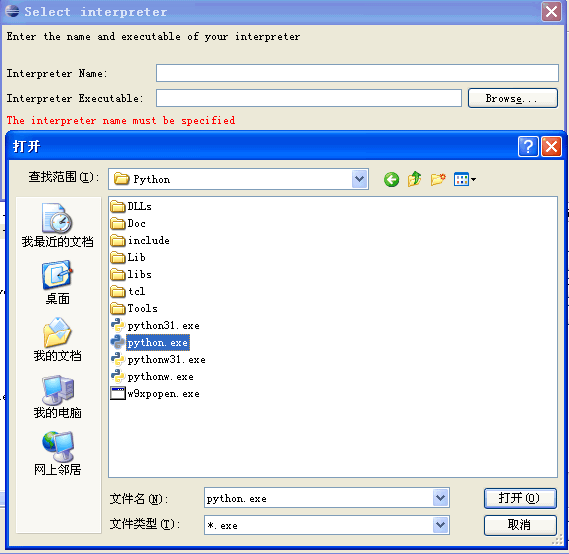
After completion, PyDev will be set up and can be started.
4. Establish a Python Project:
After installing Eclipse+PyDev, we can start using it to develop projects. First, create a project. Select File -> New ->Pydev Project
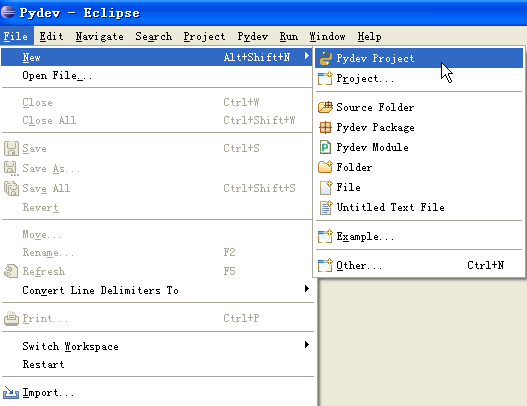
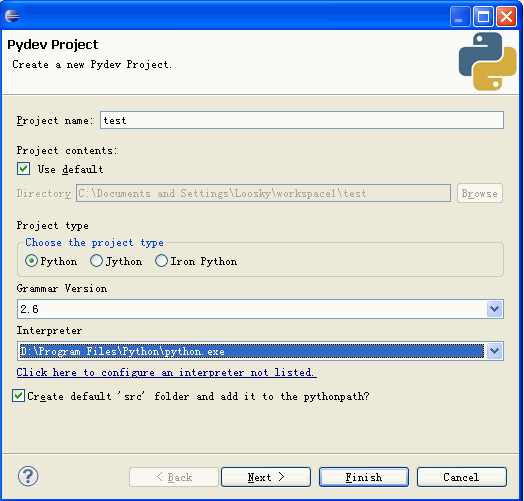
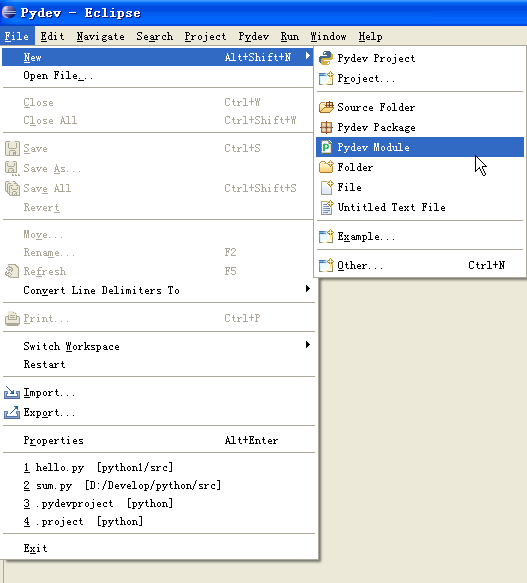
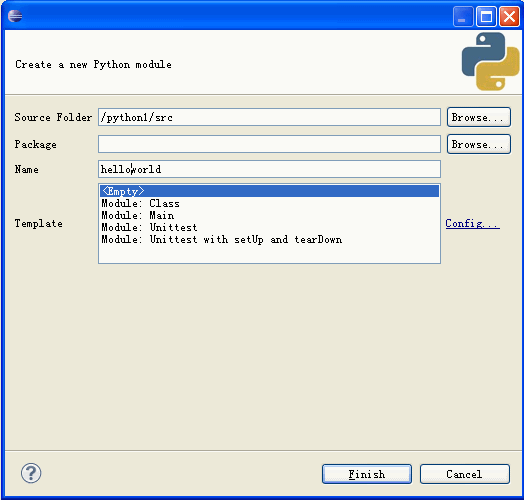
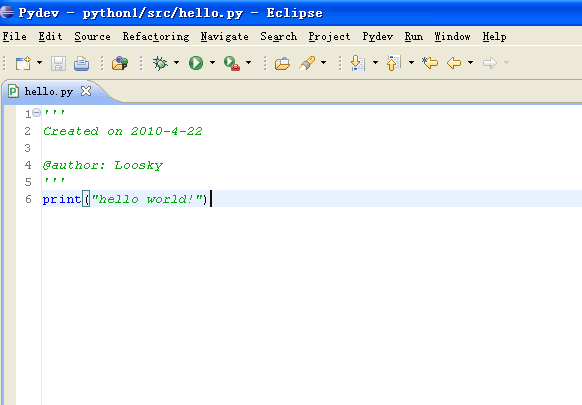
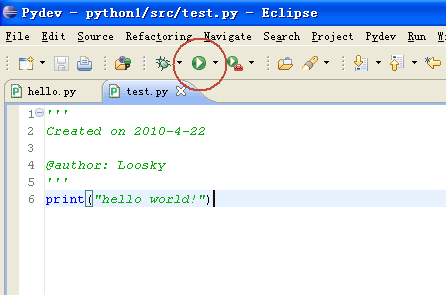
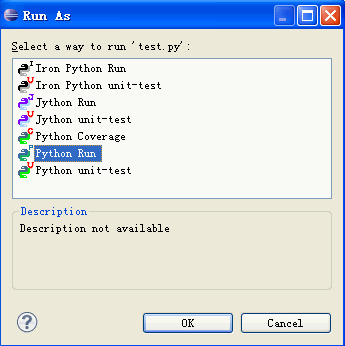
More Python IDE
Recommend the 10 best Python IDEs: http://www.w3cschool.cc/w3cnote/best-python-ide-for-developers.html
Of course there are many great Python IDEs, you can choose freely. For more Python IDEs, please see: http://wiki.python.org/moin/PythonEditors








